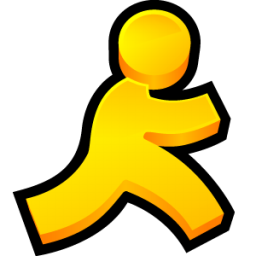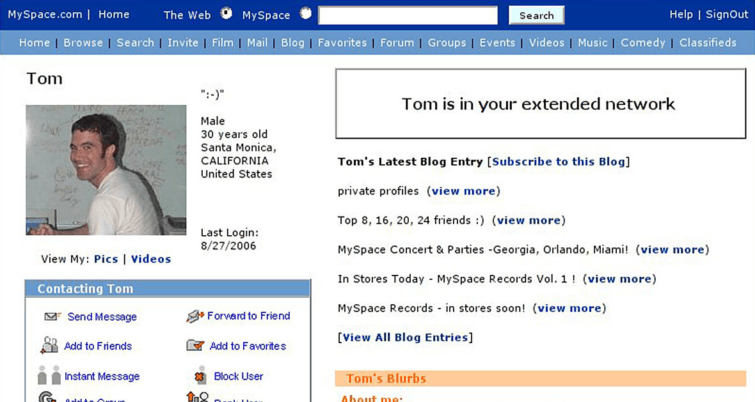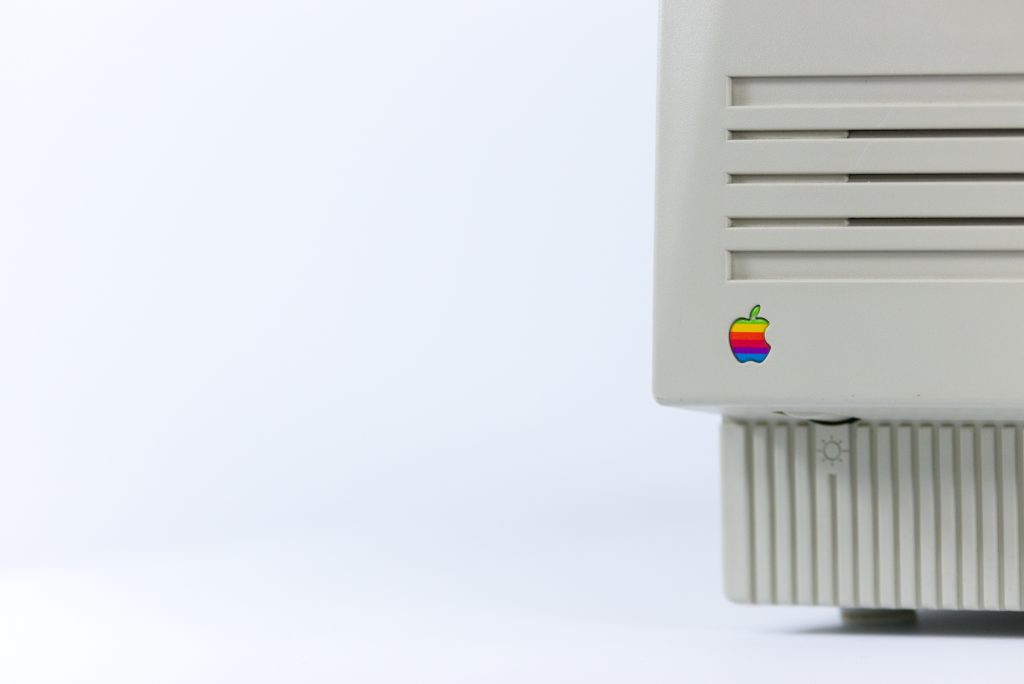I am an Old Millennial (really, a Xennial), which means I’m part of the first generation to really “grow up” online, and remember when the Web was very different than what it is today. I’ve been on a hardcore nostalgia kick recently–or maybe it’s just this whole pandemic thing giving me a severe case of ennui, and I’m longing for the days when the Web was still new and exciting. I definitely took these things for granted back in the day, but recently I’ve found myself wishing we could go back to a simpler time. Here’s my top three remarkable things I miss about the early Web, and wish we could bring back:
Notifications Were Fun Instead Of Annoying
Back in the day, we all had something called AIM. AIM was an acronym; it stood for “AOL Instant Messenger” and it was probably the most exciting thing in your life if you were a child or young adult in the late 90’s and early aughts. It was released in 1997, and shut down twenty years later, in 2017.

AIM was the precursor to text messages, DMs, and Facebook Messenger. Back at the turn of the millennium, a teenager would be very lucky to have a cell phone, and text messages were expensive (you heard me–before unlimited calls and text messaging, you paid per minute and per message). Instead, we downloaded the free AIM software to our computers, and chatted away with our friends (and strangers!) until all hours of the night. Getting someone’s AIM handle was equivalent to getting their phone number–or even better, since it meant their parents wouldn’t pick up the phone first when you called.
Part of the thrill of AIM was the notification sounds. When a user on your buddy list came online, the app would make a noise like a door opening (and when they left, the door would close). There were chimes for messages being sent and received, and the individual chat window and AIM’s drawer in the app tray would flash if you had unread messages. We basically Pavlov’d ourselves into emotional reactions to these sounds; every time you’d hear the door opening, you’d neurotically check your buddy list to see who had come online (hopefully, it was your crush), and every message chime was like a dopamine hit straight to the center of the brain.
Full disclosure: while writing this, I found a video of AIM notification sounds, and I maybe played the “door open” sound way too many times.
Everything Didn’t Cost One Million Dollars
There just wasn’t enough content on the internet to be able to charge money for it. YouTube wouldn’t come around until 2005, and even then, not everyone had a webcam or digital camera to shoot with. Instead, there were multiple sites with animations and games made with Macromedia Flash (later Adobe Flash), which were available for anyone to view or play for free on sites like eBaum’s World, Newgrounds, and Albino Blacksheep. These sites were where we got our memes from–not that we called them ‘memes’ back then, they were just funny videos we’d share with our friends.
If you loved something, there might be a website out there for it… or there might not be. We still had a myriad of search engines to choose from back then, too (Google came around in 1999, but the others weren’t obsolete yet). Most amateur websites were created with only HTML and CSS, with maybe a sprinkling of JavaScript to add special effects. Fan sites were popular, and a great way to share pictures and news about media… remember, the media itself wasn’t on the internet yet; fan sites about a TV show wouldn’t have any video of the show itself. At best, you could hope for a couple short, choppy animated GIFs!
A lot of the most intriguing content was found in blogs. Xanga, LiveJournal, and Blogger all launched in 1999 and made it easy to put your thoughts and stories out on the internet. There were plenty of themed blogs, but a lot of them were just people pouring their everyday thoughts onto the Web. You could even strike up a friendship by leaving comments on other people’s blogs. They were really just diaries; most weren’t concerned about monetization because “influencer” wasn’t a career choice yet.
There Was No Social Media, Only MySpace

Okay, so it’s not like there wasn’t any social media, but we definitely didn’t have Facebook, Twitter, or Instagram. Facebook launched in 2004, and to access it, you had to have an .edu e-mail address from a college or university supported by the site. Twitter came out in 2006, and Instagram didn’t launch until 2010. I remember signing up for Twitter and my college getting Facebook support around the same time in 2006.
The closest thing we had to social media was MySpace, which launched in 2003. It was a lot crazier than Facebook, because it was customizable (how many people learnt HTML and CSS customizing their profiles?) and the main feature was a thing called your “Top 8”, which was basically just a display box for your friends list where you could pin 8 of your friends to be displayed all the time. Kicking someone off your Top 8 was a known cause of teenage drama. Oh, and MySpace was popular because you could upload pictures of yourself, and people could like and comment on them. You could also post “notes” to your profile (kind of like a blog) and message other users…
Okay, maybe we did have social media, but it was only MySpace! Not 20 different websites and services with sponsored ads, populated by glossy, smiling strangers shilling detox tea and plastic dental aligners. Times were simpler then, and I’d give anything to delete my Facebook and go back.
